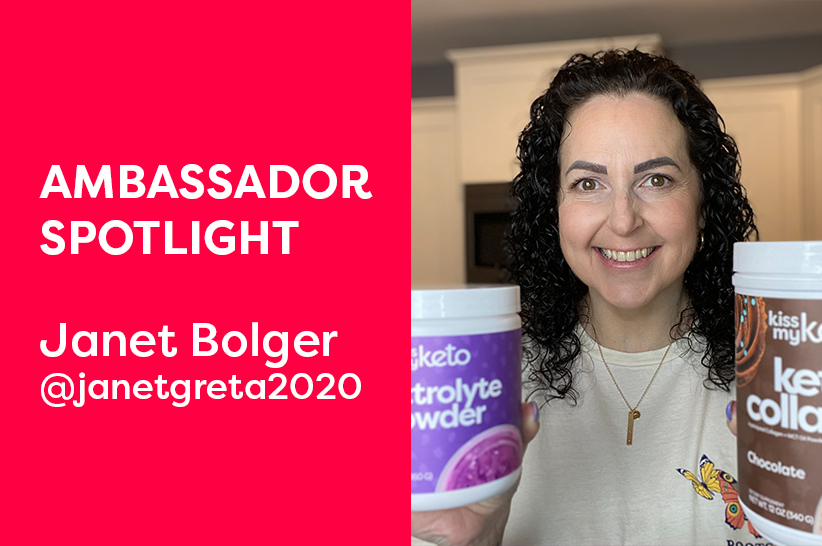Water fasting is a fasting protocol where you’ll only be consuming water and nothing else for the whole duration of your fast. Although fasting has existed for thousands of years, it has been rising in popularity over the past decade or so due to its various health benefits such as weight loss.
Water fasting can also be combined with intermittent fasting which we will be discussing in detail along with everything else you need to know about it.
What Is Water Fasting?
As stated above, water fasting is a type of fasting where water will be the only thing you’ll consume for the whole duration of your fast. Most people practice a 24-72 hour water fast, and some people do it for ten days or more which is not recommended unless your doctor has permitted you.
Although detoxing and weight loss are two of the primary reasons why a lot of people practice water fasting, it has already been practiced for thousands of years for religious and spiritual purposes.
Some people like to spice up their water fast by creating naturally flavored water using fruits and herbs. Some examples include lemon and cucumber infused water, pineapple and lime infused water, and mint infused water. The reason they do this is to avoid cheating because of the plain taste of water and also to add the benefits of fruits and herbs to the water.
Can I Do Water Fasting While on Keto?
If you decide to fast on the ketogenic diet, you’ll be combining it with intermittent fasting because you’re restricting food for a certain amount of time before consuming your next meal. The popular intermittent fasting protocols are OMAD (one meal a day), 16:8 (fast: eat), and 20:4 ratios.
In OMAD for instance, you’ll fast for 23 hours and allocate 1 hour to eat all of your required macros for that day. During the fasting period, you’re allowed to drink water, coffee, and tea without sugar. Bone broth is also allowed, and it’s a great source of electrolytes which you’ll need on the keto diet.
So the short answer is that you can do water fasting while on keto but if you’re going for the advanced versions like OMAD or anything above 8 hours of fasting, you’ll want to make sure to sip salt water throughout the day to avoid keto flu symptoms.
Some keto beginners often wonder if a 24-72 hour fast before starting the keto diet will help them get into ketosis faster. And the answer to that is, yes, it can help speed up the process of ketosis, but it’s not necessary at all. If anything, it’s not going to be a fun experience to do the water fast before starting the diet and may reduce your motivation when you need it. Hence, it’s better to practice fasting while you’re on the keto diet than before starting it.
Is Water Fasting Safe?
In general, continuous water fasting is considered to be safe when done for 24-72 hours maximum. However, those who have kidney problems, diabetes, heart problems, migraines, and those who are pregnant or breastfeeding should not do the water fast unless supervised by the doctor to do so.
Prolonged water fasting is not recommended for anyone including healthy individuals. We’ll discuss why in detail later on but the main reason is that it can cause symptoms associated with loss of electrolytes and nutrients, and reduce kidney function.
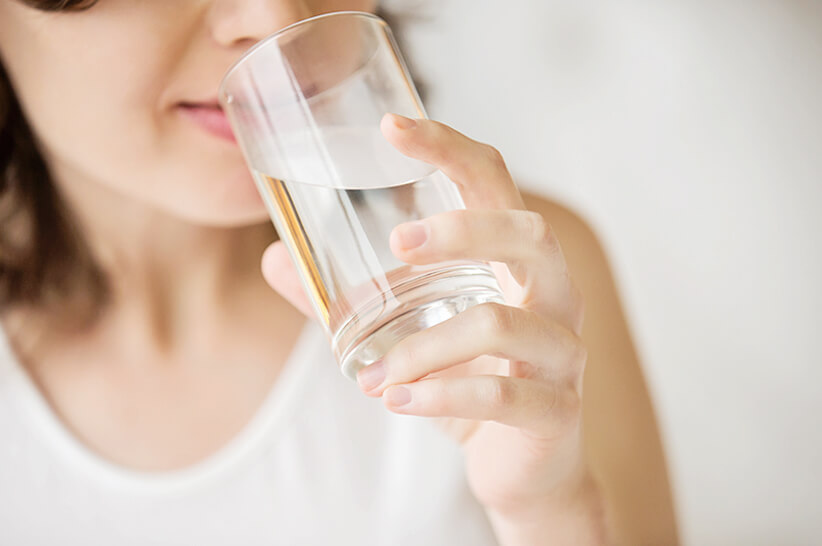
How to Do Water Fasting the Right Way
Step 1: precaution
Before you consider doing a water fast, it’s important to consult with your physician to make sure it won’t have any adverse effects on your body, especially if you’re planning to fast for more than 48 hours.
Fasting is not recommended for anyone with the following conditions:
- Kidney problems
- Diabetes
- Pregnant or breastfeeding
- Blood pressure problems
- Eating disorders
- Certain medications and drugs
If you fall in any of the above categories, please do not attempt water fasting unless you’ve got permission from your doctor to do so. Also, don’t forget to inform your physician about any medications you’re taking, including dietary supplements and over the counter meds to find out if any of them can be harmful when taken on an empty stomach. For instance, some common drugs like Ibuprofen and Aspirin can irritate the stomach lining when taken on an empty stomach.
Step 2: avoid treating it as a fad diet
A fad diet is something that skyrockets in popularity over a short period with too good to be true promises such as rapid weight loss and other “quick fix” solutions. They often have little to no reliable evidence to back up their claims, and some of them disappear over time when a new trend takes over.
As discussed earlier, water fasting has been around for thousands of years, and it has been proven to be therapeutic when done the correct way. It does have some weight loss benefits; however, you shouldn’t be hoping to go from 260 pounds to 115 pounds with water fasting alone. Attempting to do so may lead to some severe health consequences that we will discuss later.
Meaning, you should have realistic expectations of the outcomes of water fasting. Sure, you might see celebrities and influencers claiming to have lost over 10 or 20 pounds of weight from water fasting alone, but you don’t know for sure if that’s true and if WF was the only thing they did to shed all those pounds.
Any weight you may lose from water fasting alone is often water weight and stored carbohydrates which you will gain back as soon as you start eating again. Any type of fasting should be something you’d want to combine with a healthy eating lifestyle. You also have to keep in mind the precautions discussed in step 1 and avoid treating water fasting as a fad diet.
Step 3: water fasting and intermittent fasting
Now that you know what water fasting is and what to keep in mind before deciding to practice it, the next thing to consider is whether to do the water fast on its own or combine it with intermittent fasting.
For those who don’t know what intermittent fasting is, it’s when you fast for a certain amount of time during the day or on certain days of the week and eat when you’re not fasting 4. Intermittent fasting is very popular in the low carb diet communities like the ketogenic diet community.
NOTE: Sleeping is counted as fasting, and you can extend that by a few more hours to reap the benefits of intermittent fasting.
Some of the popular intermittent fasting methods are:
OMAD: One Meal A Day is a type of intermittent fasting protocol where you’ll fast for 23 hours and use 1 hour to eat all your required macros for the day. It’s also an advanced version of intermittent fasting.
20:4: Similar to OMAD, the 20:4 ratio means you’ll be fasting for 20 hours and allocating 4 hours to eat your food for the day.
16:8: This is when you fast for 16 hours and allocate 8 hours to eat your food for the day. The 16:8 protocol is also one of the most commonly practiced forms of intermittent fasting because if you exclude the sleeping hours, you’ll only be fasting from morning till lunch. It’s a lot easier to manage when you’re entirely new to fasting.
Another thing about intermittent fasting is that you can feel free to have bulletproof coffee and bone broth for some extra fuel without interrupting the fasting metabolism and ketosis. Normal coffee and tea without sugar are also allowed as well as other low carb non caloric beverages.

Water fasting on its own?
Fasting with only plain water is also beneficial if done for a safe recommended time of 24-72 hours maximum. Even then, you’ll need to keep the precautions discussed earlier in mind and consult with your doctor first especially if you’re planning to fast for more than three days. Prolonged water fasting is strictly not recommended due to risks such as loss of nutrients and electrolytes and other symptoms we’ll be discussing in a bit.
If you’re on the ketogenic diet, you may find water fast beneficial on or the day after an occasional cheat meal. Although there are many ways to stick to keto when eating out, it may not always be possible.
For example, you might get convinced to eat a carb and sugar-rich foods at a party. Falling prey for cheat meals can kick you out of ketosis, and short water fast or intermittent fasting can help you get back into ketosis faster.
Also, as stated earlier, water fasting can help you get into ketosis faster if you decide to do it right before starting the keto diet. However, it’s not recommended as it may make you feel weaker and lose motivation by the time you start the ketogenic diet. And you don’t need to do water fasts to get into ketosis as the ketogenic diet will help you get into it gradually within a couple of days of starting it.
Step 4: best approach
You should now have some idea on whether to do water fasting on its own or to combine it with intermittent fasting. Although 24-72 hour water fast can be therapeutic, a lot of medical experts still prefer intermittent fasting as it’s more sustainable in the long run.
As stated above, you can do a short 24-hour water fast on the occasional cheat days and/or once a week. On normal days, it’s best to start with the 16:8 ratio intermittent fasting protocol and then move on to the advanced versions (OMAD and 20:4) after a couple of months of being on the keto diet.
Another plus of intermittent fasting, as stated earlier, is that you can also drink tea and coffee without sugar, bone broth, and other zero calorie carb-less drinks without interrupting ketosis.
But if you wish to fast with plain water only, make sure to consult with your physician first and do not exceed the recommended 24-72 hour limit. Also, keep in mind that prolonged water fasts can cause adverse effects related to loss of nutrients and electrolytes.
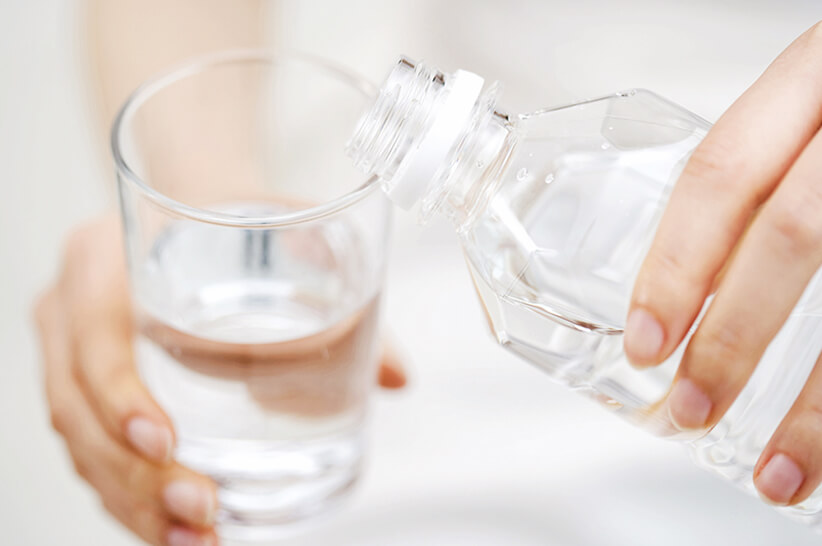
Step 5: how much water to drink?
A lot of people attempting to do the water fast are under the misconception that you must drink 2 gallons or a specified number of glasses of water per day. This is not true. Allow your body to tell you when you need to be drinking more water and drink whenever you feel thirsty.
Sometimes you may be too busy with life events or work and end up forgetting to drink water, in which case, your urine color will give you a hint. If your urine color is clear or has a mild hint of yellowness to it, it means you’re well hydrated. When it changes to pale yellow, it’s usually the beginning of dehydration. If your urine color is dark yellow to orangish, it means you’re severely dehydrated and need to drink more water. So it’s best to keep that in mind and start drinking more water as soon as you notice your urine color becoming yellowish.
Another tip is to note down how much water you drank and the time on a piece of paper or your mobile phone notepad. You can also set the alarm for every three hours to act as a reminder to drink water.
On the other hand, if you find yourself needing to go to the washroom every 5 to 10 minutes, it’s a sign that you need to slow down on your water intake for a bit.
Step 6: post fasting
By the end of your water fast, you may be starving and may feel the desperate need to eat a big satisfying meal. However, it’s best to break your fast slowly with some bone broth and soft food first.
Depending on the length of your fast, you can break your water fast with some bone broth on the first day. You may have the same on day two as well. On day 3, you can have yogurt and soup. On day 4, you can have some soft foods such as soft boiled eggs, yogurt, and cheese.
By the end of day 4 or by day 5, you can incorporate some green vegetables like spinach, asparagus, and broccoli. You may also start eating your regular food bit by bit by the end of day 4 or 5.
If you’re practicing the ketogenic diet, then you can break your fast with bone broth or smoothies and shakes made out of keto approved ingredients such as lime, spinach, ginger, berries, almond milk, and coconut milk.
Benefits of Water Fasting
Weight loss
Weight loss is one of the most common reasons why a lot of people attempt fasting, including water fasts. The main reason for this is because your calorie intake will be significantly reduced during water fasting and also because fasting has been found to increase the body’s metabolism.
For instance, a 2011 review paper states that intermittent fasting is more useful for weight loss and retention of lean mass than dietary calorie restriction 5.
Another 2015 review states that a 24 hour fast could result in weight loss by up to 9% and also reduce body fat for over 12-24 weeks 6.
A 2016 study found that intermittent fasting combined with resistance training decreases fat mass whilst maintaining muscle mass. In this study, 34 resistance-trained men were randomly assigned to have either time-restricted feeding (intermittent fasting) or a regular diet (ND) 7.
The test group participants consumed all their required calories during the 8-hour time frame each day, and the normal diet group followed the standard three meals a day diet (breakfast, lunch, and dinner). The results showed a significant reduction in fat mass in the test group without having any adverse effects on the muscle mass.
May normalize blood pressure and cholesterol
A 2007 study, 110 extremely obese patients were hospitalized to be treated with a three-week fasting diet for obesity. The results showed a significant reduction and normalization in blood pressure and a decrease in cholesterol. They also found improvement in glucoregulation 8.
In another 2001 study, 174 patients with high blood pressure underwent a supervised fasting treatment program 9. For the first two to three days, they were only allowed to eat fruits and vegetables followed by a 10 or 11 days of water fasting before a refeeding period. The results revealed that medically supervised water fasting was safe and effective in normalizing blood pressure.
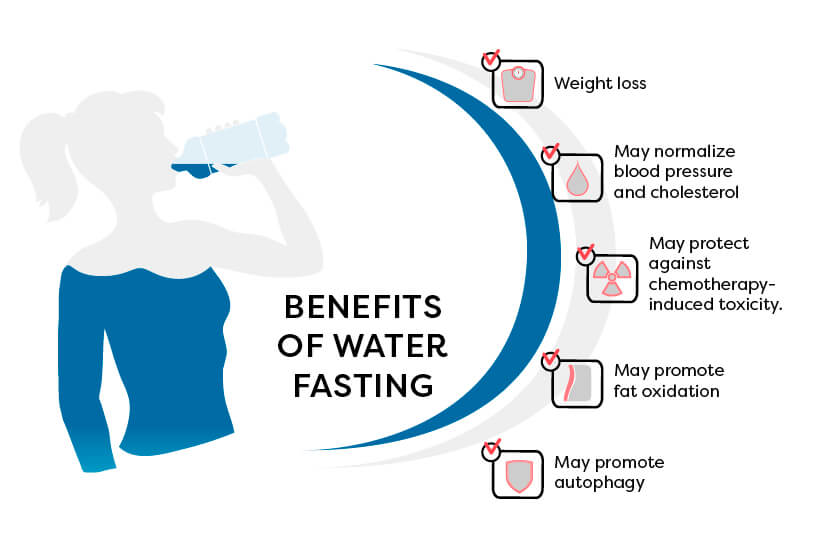
May protect against chemotherapy-induced toxicity
In a 2016 study, roughly 106 patients were divided into three groups to undergo fasting before chemotherapy. They followed a 24h, 48h, or 72 h fast. The results revealed that chemotherapy-induced toxicity symptoms were limited to fatigue, headache, and dizziness. They also found a reduction in DNA damage in those who fasted for 48 hours. The study concluded that fasting for up to 72 hours around the time of chemotherapy is safe and tolerable for cancer patients 10.
May promote fat oxidation
In a 2005 study, 16 non-obese participants (8 men and eight women) underwent fasting on every other day for 22 days. The results revealed a reduction in initial body weight and fat mass of up to 5% in all participants. Their fat oxidation was increased; however, hunger level also increased on day 1 and remained elevated. The study concluded that intermittent fasting might be a better and more sustainable approach than plain dietary restriction 11.
May promote autophagy
Autophagy is a lysosomal degradation process that acts as a housekeeping mechanism to get rid of damaged, old cells and invading pathogens 12. It also promotes building blocks to fuel cell renewal and homeostasis. It’s been proven to fight against many health conditions such as neurodegenerative diseases, cancers, and infections.
Autophagy also plays a crucial role in slowing aging and increasing longevity. Research identifies fasting as one of the most potent stimulants of autophagy; hence a short term water fast or regular intermittent fasting may help reap the benefits of autophagy.
Risks of Water Fasting
Although water fasting can provide a lot of health benefits, it’s strictly not recommended to do it for more than 72 hours without medical supervision. Here are some side effects and risks associated with water fasting.
Reduction of HDL cholesterol
A 2018 study conducted on ten volunteers found that high-density lipoprotein (HDL) cholesterol was reduced after ten days of water fasting 1. HDL is known as the “good cholesterol” because of its anti-atherogenic properties, that is, it limits the build-up of plaque in blood vessel walls. Cardiovascular diseases are often associated with reduced levels of HDL cholesterol, especially in people with diabetes 2.
Since prolonged water fasting has been found to reduce good cholesterol, it may also reduce the health benefits associated with HDL such as its antioxidant and anti-inflammatory effects.
Hyperuricemia
Hyperuricemia is a condition where uric acid level is considered to be abnormally high in the blood. The normal limit is 6.8 mg/dL, and anything above 7 mg/dL can cause adverse effects. Gout is a widespread health condition associated with increased uric acid. It’s a metabolic disorder that causes inflammation and pain in the joints 3. The same study discussed above also found that blood uric acid levels were increased after water fasting.
Renal function
Research states that the increase is caused by increased production, decreased excretion or a combination of both. The kidney is in charge of getting rid of waste products such as uric acid via urine, but if the production is higher than the excretion, it means the kidney’s function has been affected.
The study above confirms it in their findings that renal function was slightly decreased after fasting. So you can see why it will be a bad idea for those who’re already diagnosed with kidney disorders.
Loss of nutrients
Drinking only plain water for an extended period means you’ll be lacking the vitamins and minerals that are crucial for your body. You’ll be losing a lot of sodium, magnesium, and potassium which can have its own set of symptoms.
Some of the symptoms from lack of electrolytes include:
- Brain fog
- Fatigue
- Dizziness
- Vomiting
- Muscle cramps
- Abdominal cramping and bloating
- Irregular heartbeat
- Pregnancy risk
Fasting, especially water fasting is strictly not recommended for pregnant and breastfeeding women as it can reduce the vital nutrients needed for your baby’s growth. You may also end up having all of the above symptoms as well, especially if you choose to fast for more than 24-72 hours.
Conclusion
Water fasting is generally considered to be safe as long as you don’t cross the recommended 24-72 hour limit. Anything more can have mild to serious adverse effects such as an increase in uric acid, negative impact on kidney function, and other symptoms associated with loss of electrolytes such as fatigue, dizziness, muscle cramps, and vomiting.
It’s crucial to consult your doctor before doing a water fast and avoid exceeding the 72-hour limit. 24-72 hours of water fasting is more than enough to give your body the detox it needs. If you choose to do it for longer than 72 hours, you can combine water fasting with zero-carb natural smoothies and juices to reduce adverse effects.
Another safe method is to combine water fasting with intermittent fasting, which means you’ll fast with water for a certain period (8-20 hours) and then consume your food. This would make water fasting perfectly compatible with the keto diet. The only thing you may need to watch out on is the electrolytes. Sip some salt water throughout the day to reduce that risk.
Takeaways
- Water fasting has been practiced thousands of years ago for religious and spiritual reasons. Today, many people use it to detoxify their bodies and achieve weight loss.
- Fasting is better done when you’re already keto-adapted since you’re able to tolerate longer periods without food.
- When done for up to 72 hours, water fasting is considered safe.
- People who have certain medical conditions such as diabetes, kidney problems, blood pressure problems, eating disorders, and are pregnant and breastfeeding, are not allowed to fast unless permitted by their doctor.
- Water fasting offers several benefits from weight loss to autophagy.
- You should also be aware of the risks of water fasting.





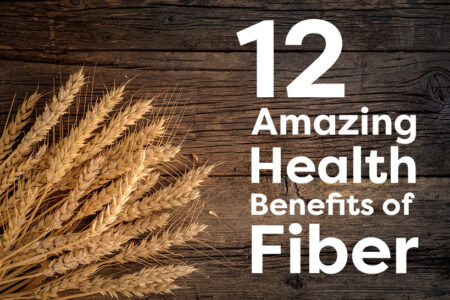
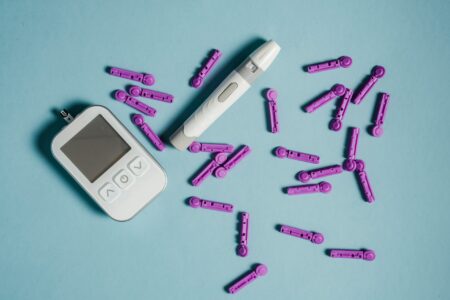

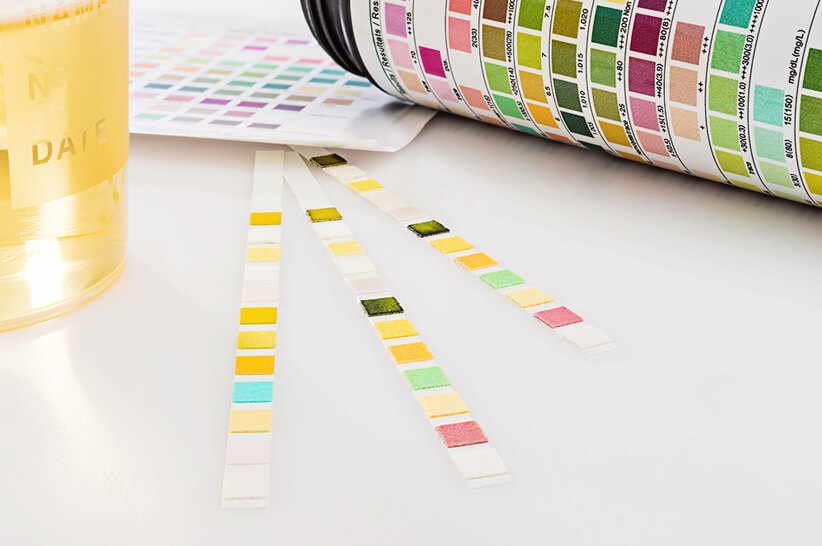

![Juicing for Weight Loss: Everything You Need to Know [Plus Recipes]](/wp-content/uploads/2019/08/Juicing-for-Weight-featured-image.jpg)









